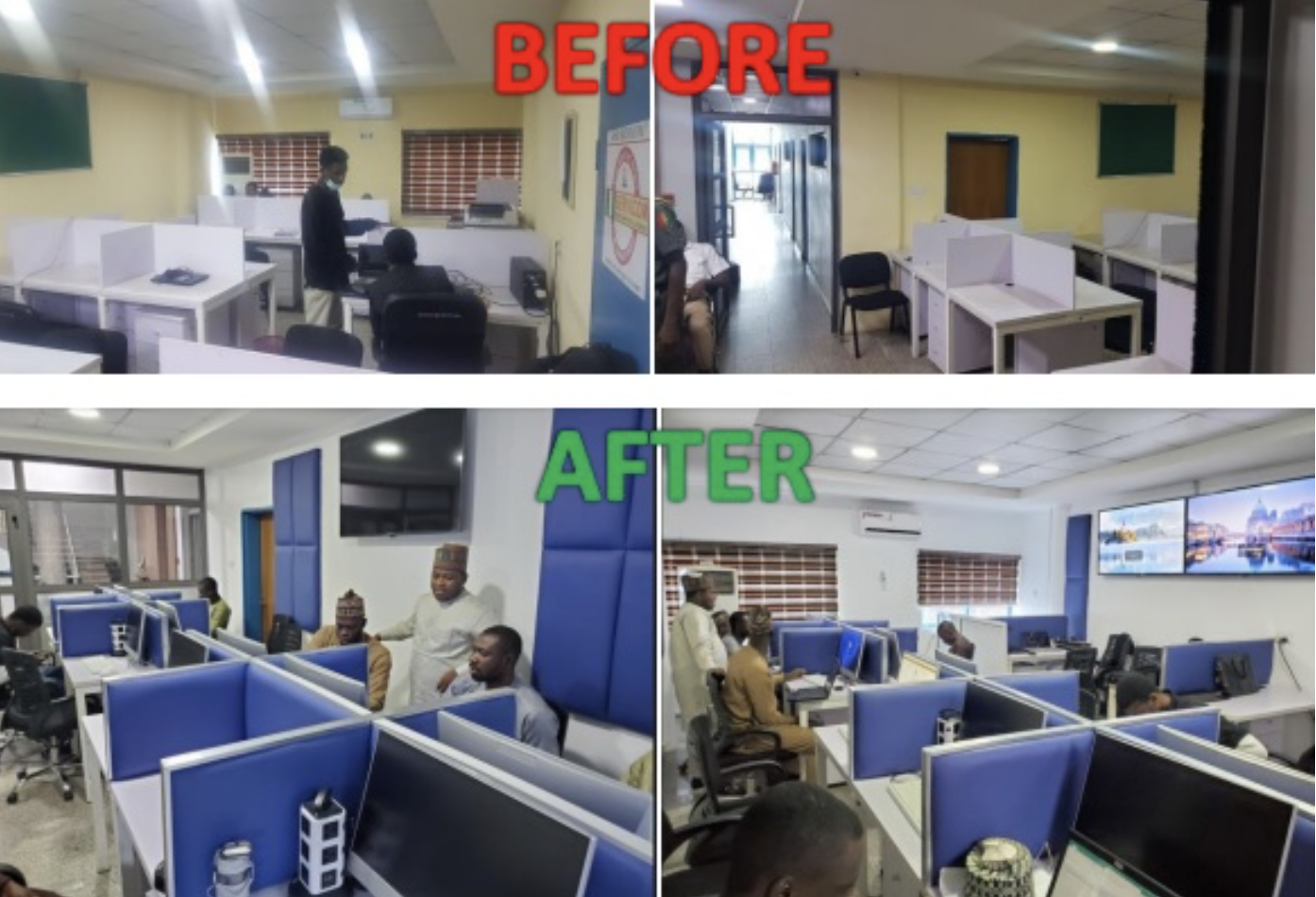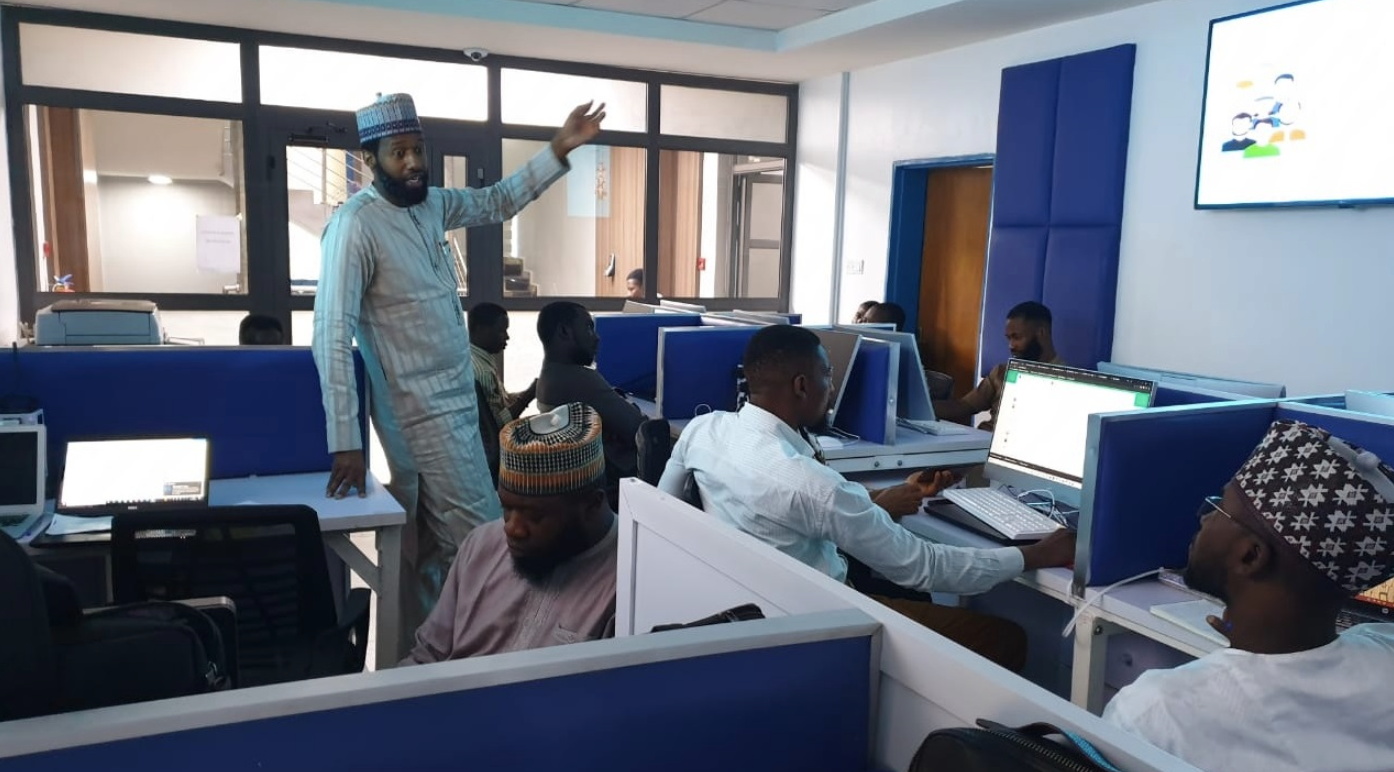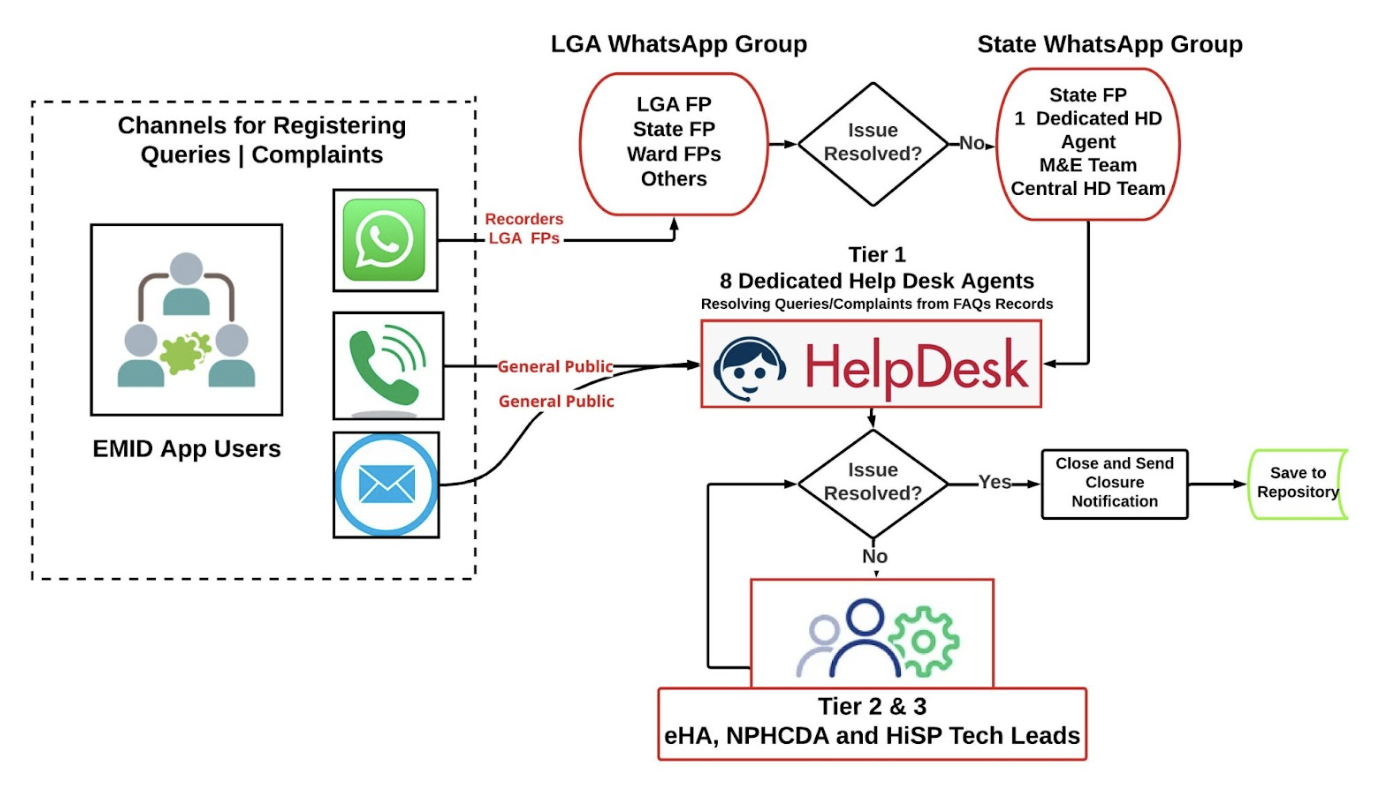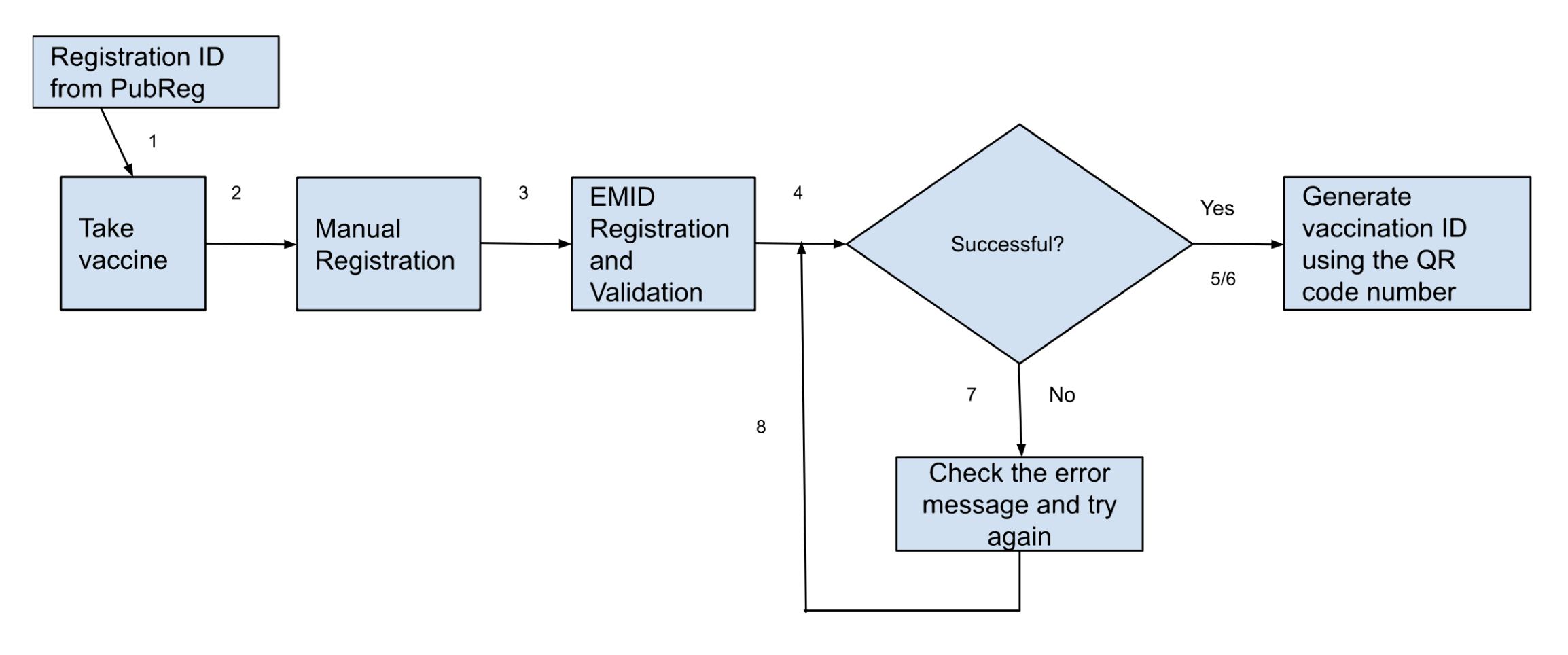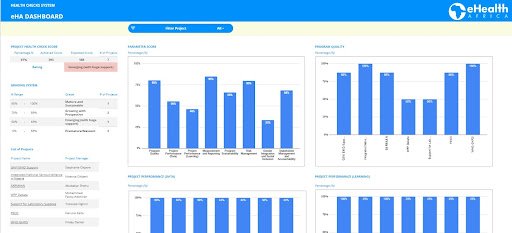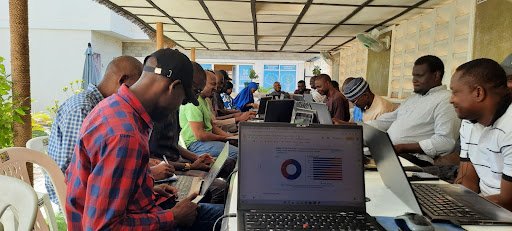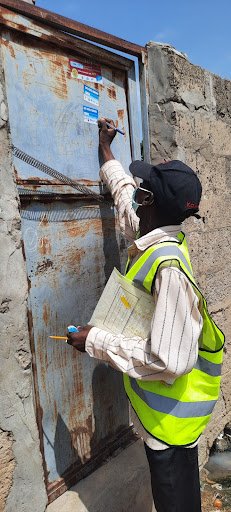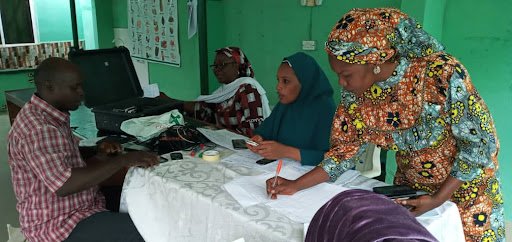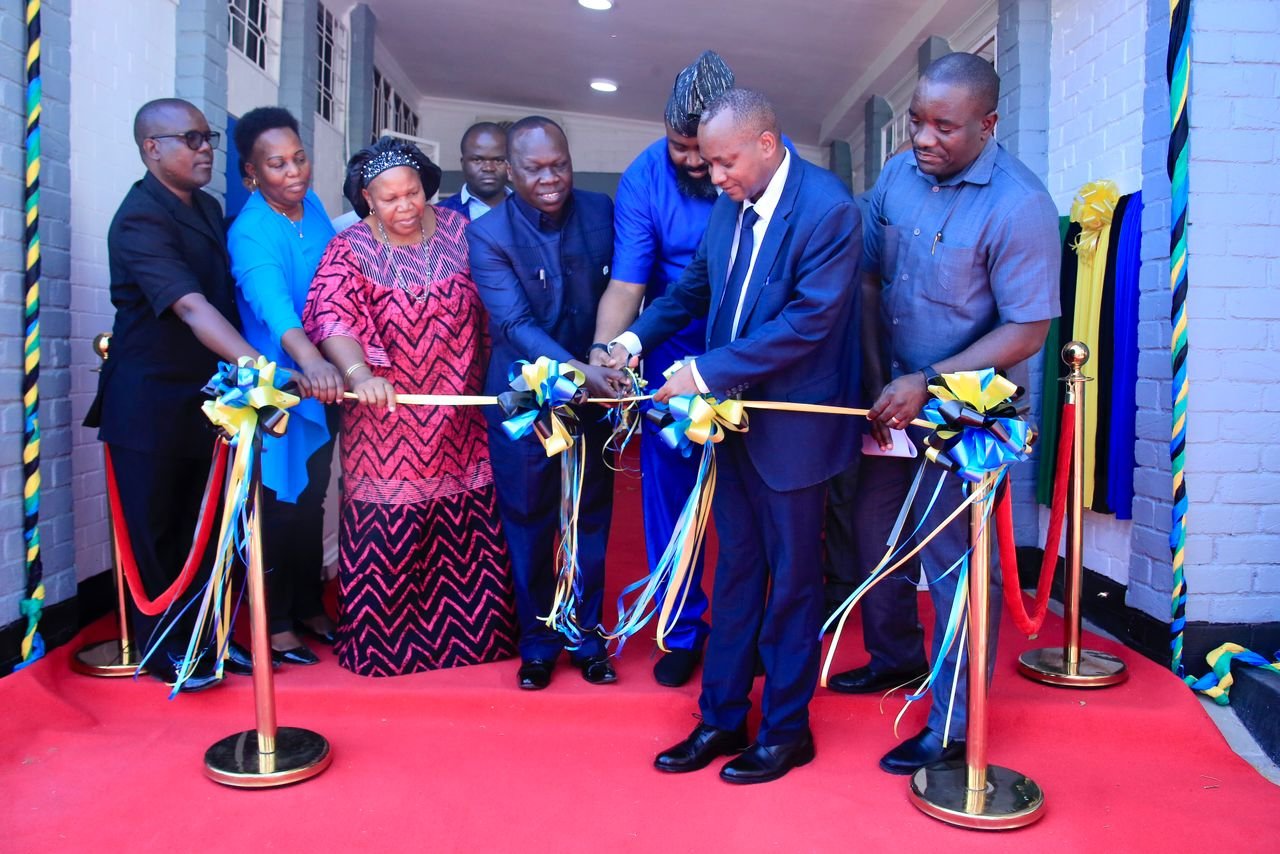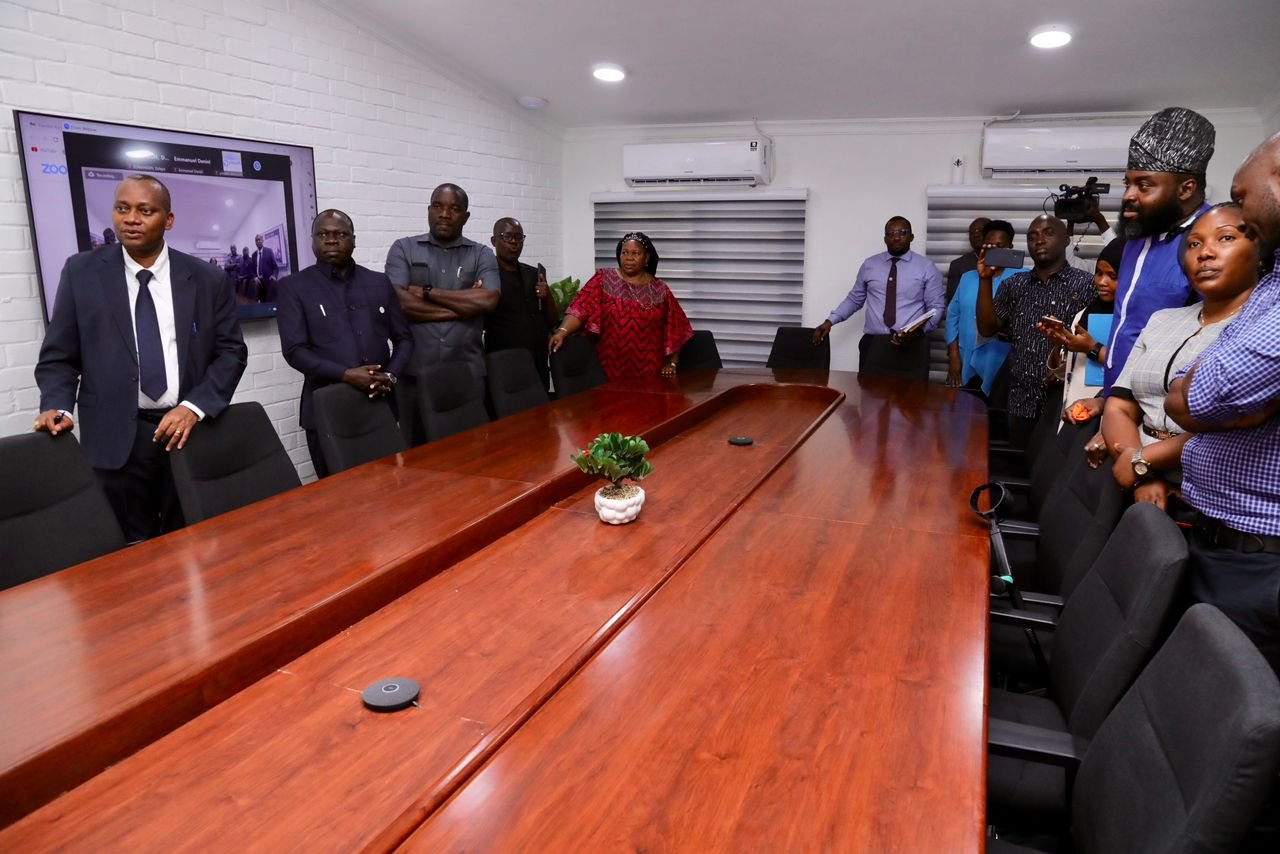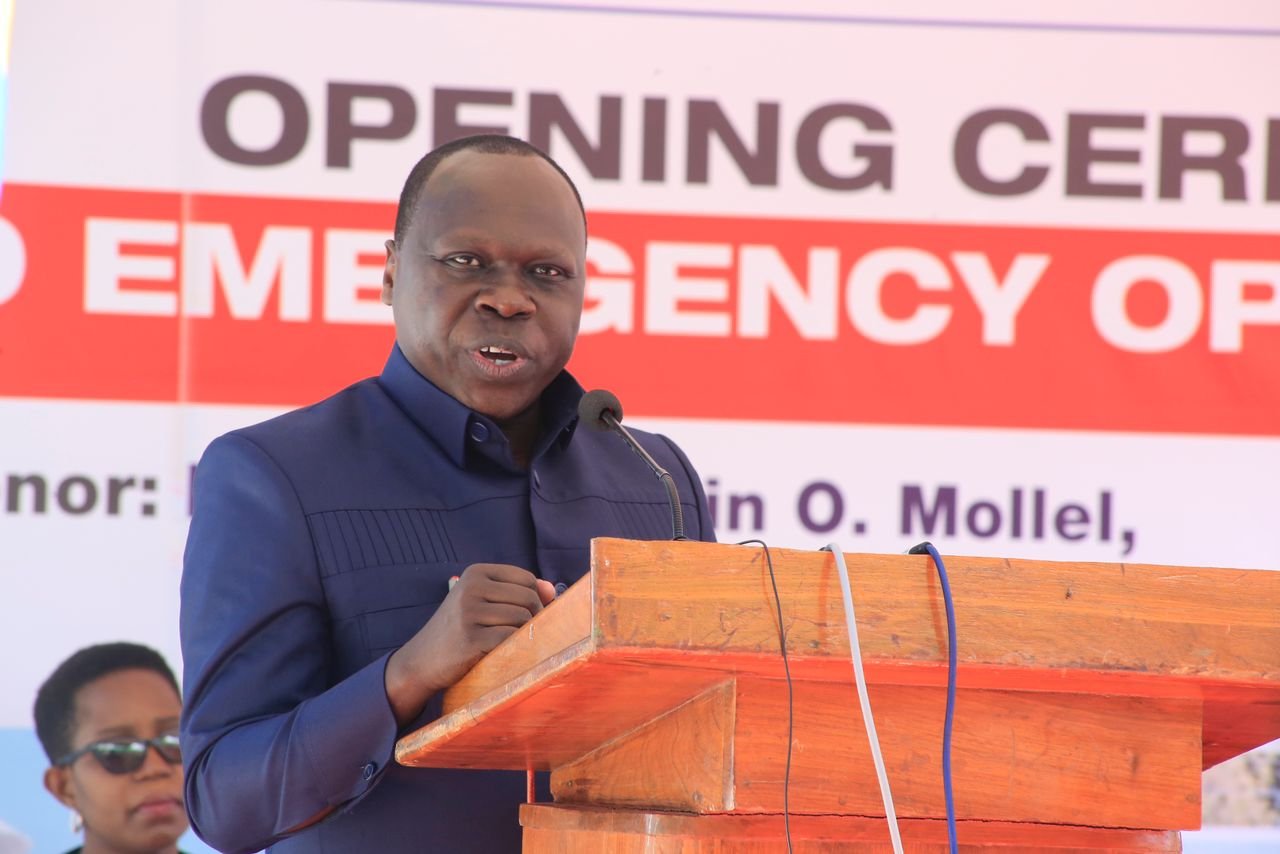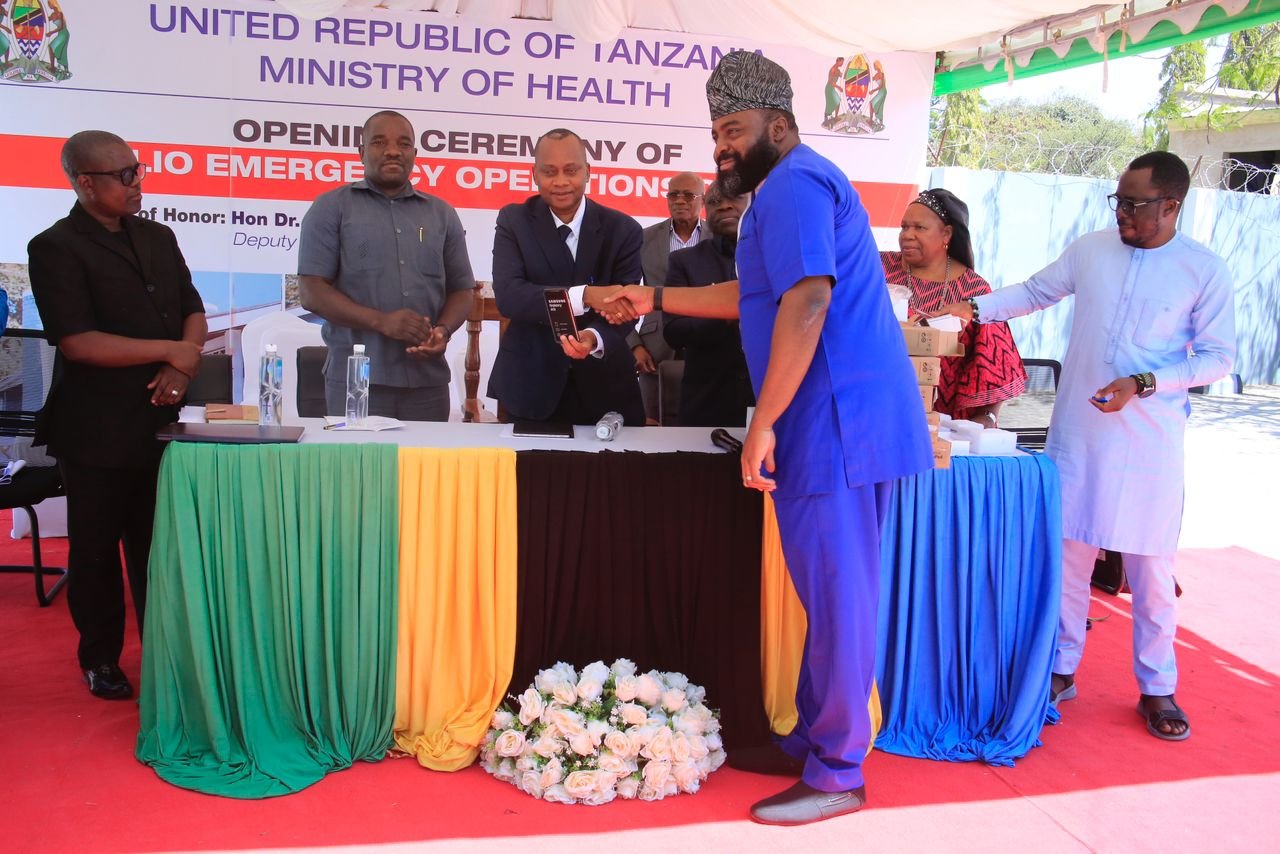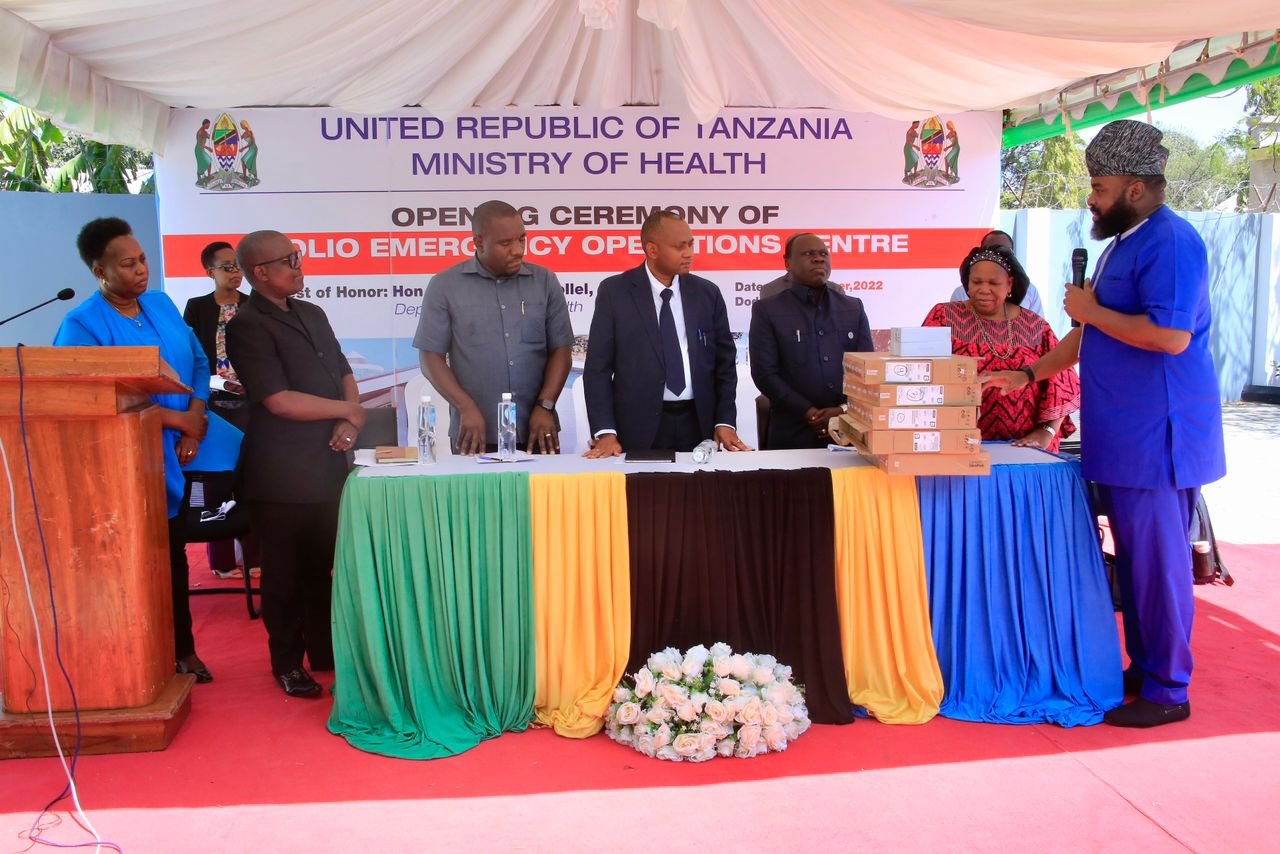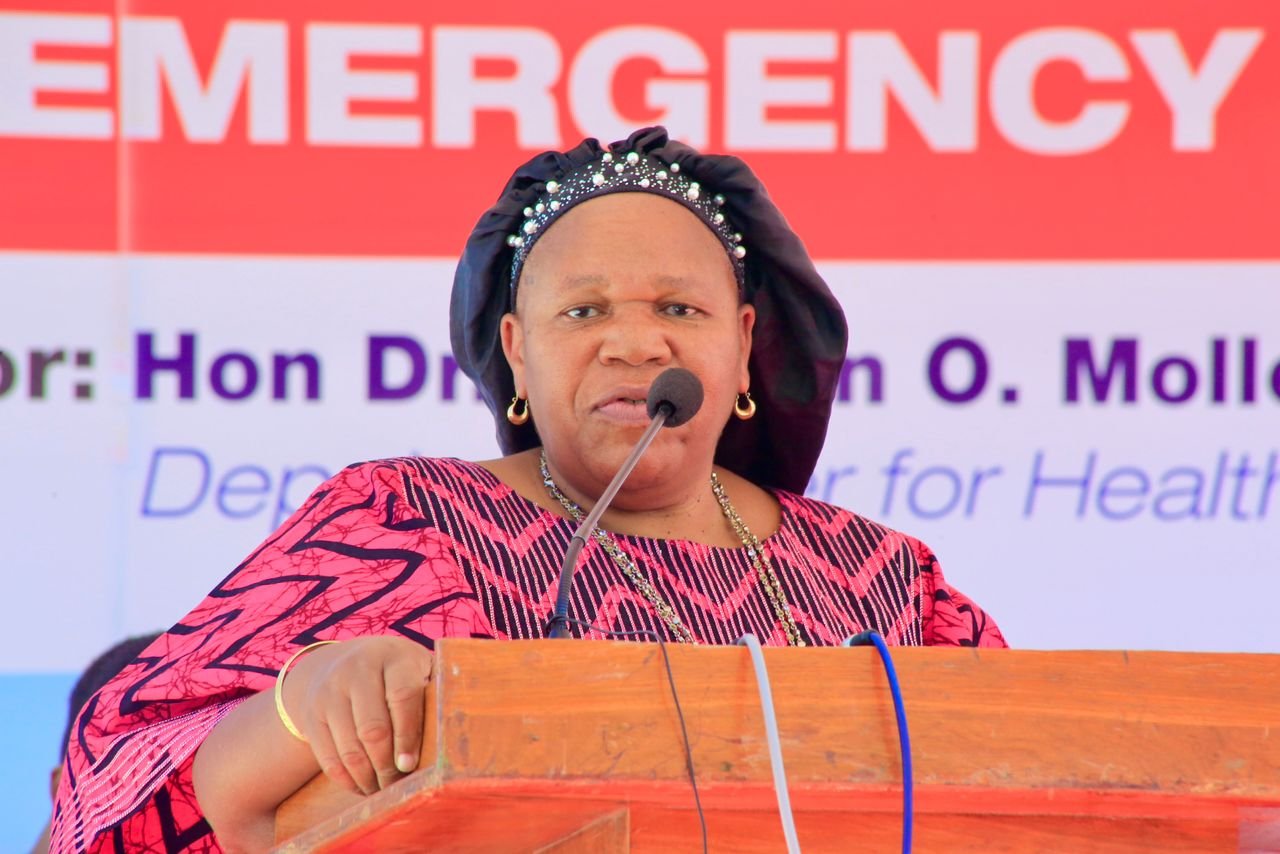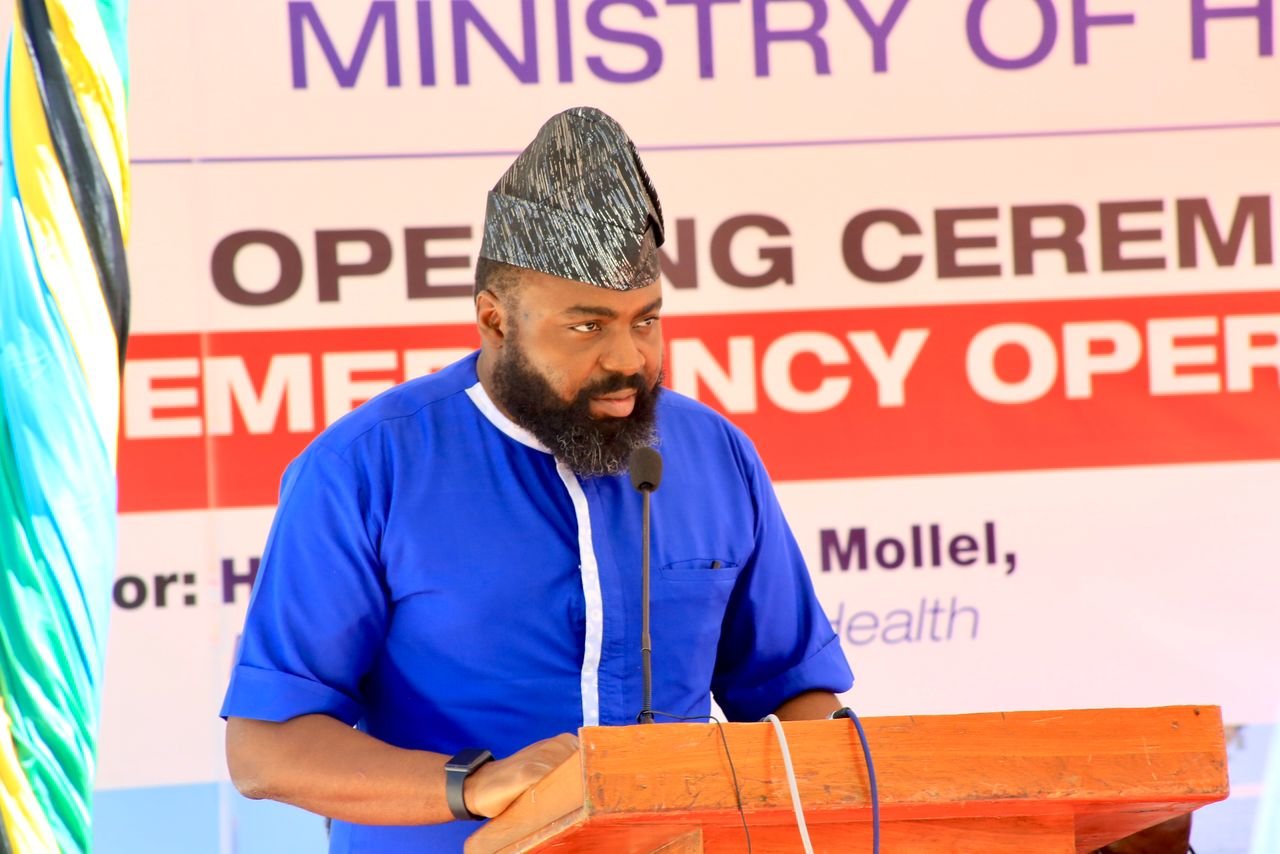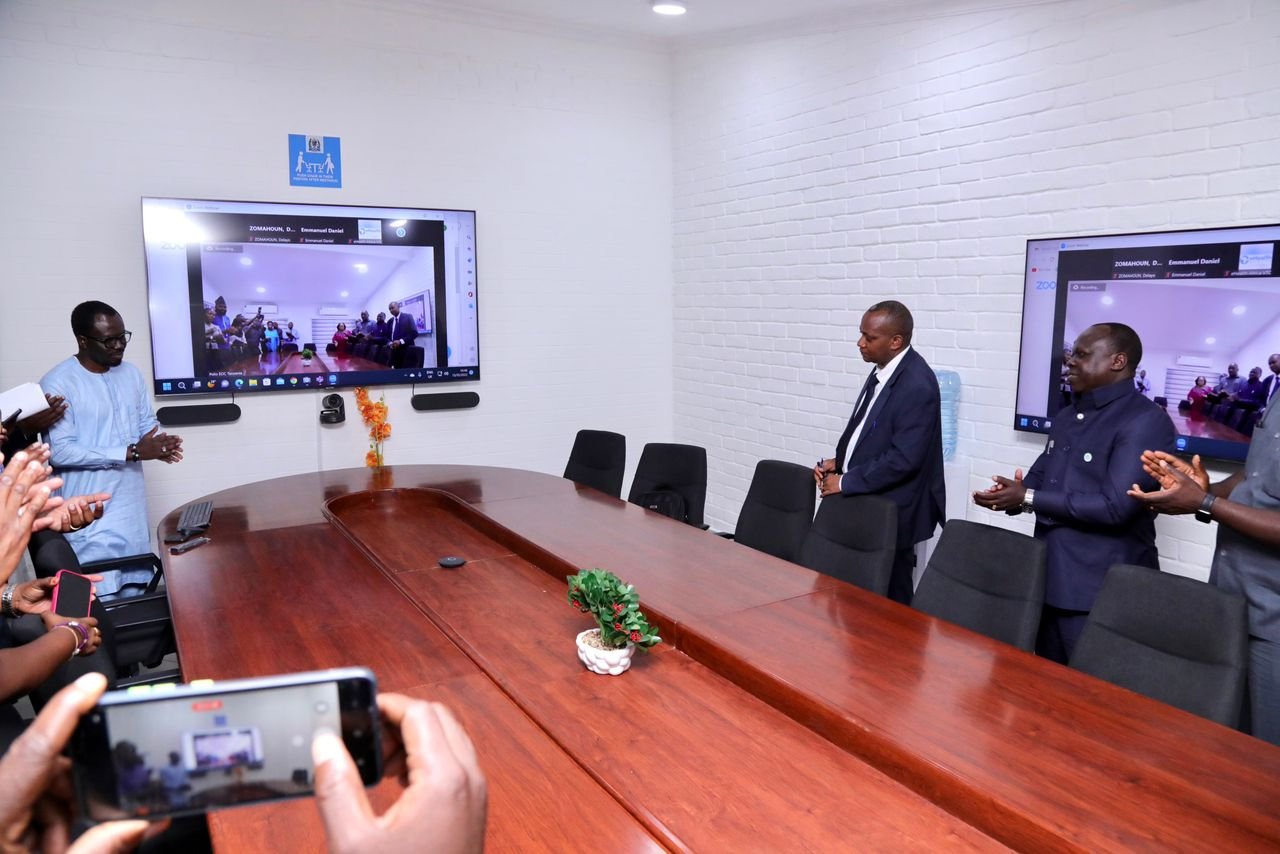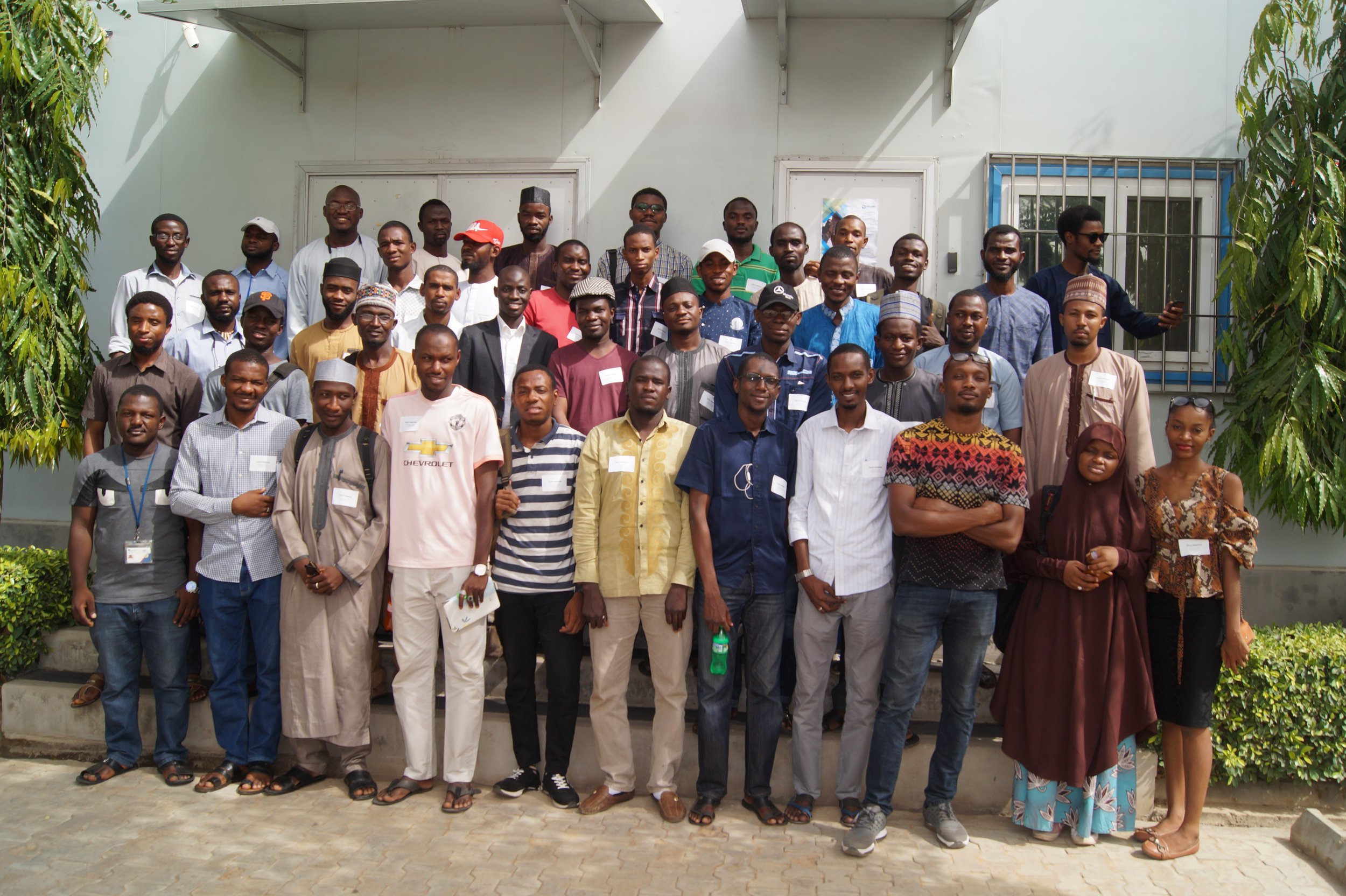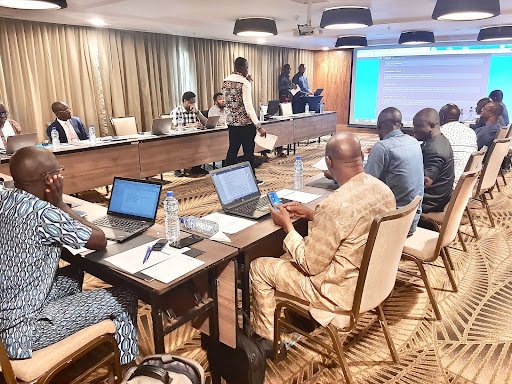By Judith Owoicho
The theme for international women’s day 2023 has a clear and loud message for all. It says DigitALL: it is a call for inclusion, a call for a world where innovation and technology can be used by more women and for the needs of more women and girls.
Technology has certainly improved the quality of lives and opened doors to opportunities for many around the world. In healthcare, the rapid transformation of healthcare delivery has offered a range of solutions to improve access to healthcare, reduce costs, and improve health outcomes, but not without ushering in a fresh stream of inequality, especially across gender lines.
Despite the potential and adoption of digital health technologies, it is often limited by gender-based disparities in access, use, and benefits. The effects of this inequality are far-reaching, but primarily it has led to a limited understanding of the healthcare needs of women and other marginalized groups. Achieving gender equity in digital health practice has never been this urgent. Here are 4 reasons we must achieve gender equity in digital health.
1. Innovations tailored to the needs of women
It is not uncommon to see digital health tools and innovations developed with no single woman in the room. This can often leave gaps either out of ignorance or just simply failing to see the priority. Research reveals that most digital tools were typically designed for the universal user: a middle-class male. This shows itself in devices that do not fit well on female bodies or that targeted options like menstrual tracking options not initially included in the smartwatch design.
Women have unique health needs and often experience a range of health issues that are specific to their gender, including menstrual health, reproductive health, and menopause. With more women in these rooms, we can ensure that the needs of women are taken into consideration.
2. Economic growth and productivity
Building digital skills in women and girls can create a path to the labor market through internships, apprenticeships, and job placement programs. The eHA academy has added the all-female cohort to their software development and network engineering training academy so that more young women at the early stages of their career can adopt software development/ design skills. The academy sends them off to internships after the training, creating pathways to economic prosperity. Ensuring that women and girls have equal access to and use of digital technologies — mobile phones, computers, and the internet — is central to their economic and social empowerment and inclusive economic recovery.
3. Reduced disparities in access to healthcare for women
Gender bias is a pervasive problem in healthcare, including in the digital health sector. Without addressing this bias, we risk further driving existing disparities in healthcare access and outcomes. Studies have shown that women use more online health and medical information than men. This could suggest If more women have digital skills, it could reduce disparities in access to healthcare for women. Acquiring digital skills will enable them to access information and resources related to healthcare through the internet and they can be better informed and able to take more control of their own health and make informed decisions.
4. Increasing workforce diversity
Achieving gender equity in digital health practice can promote fairness and equal opportunities in the workplace. This will also help increase diversity in the workforce. Promoting the participation of women in digital health will introduce new perspectives and ideas to the field, ultimately leading to better outcomes for patients. By improving health outcomes and increasing workforce diversity, we can create a more productive and inclusive healthcare sector.
We realize that many factors, including social norms, poverty, access to electricity, illiteracy, and even more, are at the intersection of this unevenness in digital skills distribution. But as we move farther into the digital future, we must all collaborate and start from where we are to leave no woman or girl behind.
On this International Women's Day, we call on collaboration from the government, private sector, and civil society organizations to DigitALL. Let's move from imagining a gender-equal world free of bias, stereotypes, and discrimination to living in it.







